Why R Data Analysis Widely Popular?
R is an open-source programming language created by Roass Ihaka and Robert Gentleman in1995. As such, it is free for anyone to use. The name ‘R’ was coined from the first names of the two founders. Although R runs a lot of code which is different from S, a substantial amount of S’s code runs unaltered under R
The purpose behind its development is to deliver a more user-friendly and better way to run statistics and graphical modules, as well as perform data analysis. When it was first developed, R was used in research and for academic purposes. Today, the programming language is used in business and is being used by well-known enterprises – such as Facebook and Twitter – on their platforms. R is a software environment that is used for statistical computing and graphics
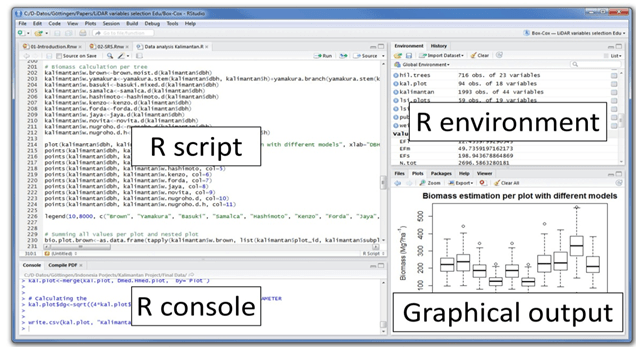
It is widely used by data miners and statisticians for analyzing data and developing statistical software. The stable version of the R language was released in 2000.
One of R’s strong points is that well-designed, publication-quality plots can be produced effortlessly. Mathematical symbols and formulae are an example of this. Today R data analysis is widely used by data scientists owing to its intuitive capabilities.
R is Ranked Sixth Among the Top Ten Programming Languages of 2015
According to a Spectrum Survey conducted by IEEE, in 2014, R was ranked in ninth place.
This fast growth shows the pervasive impact that big data has on our everyday lives. As a testament to its popularity, Microsoft recently bought out Revolution Analytics, which is a specialist in R, to expand its service-provision network.
Microsoft, earlier this year, bought out R specialist Revolution Analytics to boost its ever-expanding portfolio of data-related products and services. And just last month, an R API was added to the red-hot open-source Apache Spark project stewarded by Databricks Inc.
Understanding the R Programming Language
As stated above, R is an integrated suite of software facilities that are used for Manipulating data, calculations, and graphical displays. It includes features such as a facility for the storage and handling of data; graphical facilities for analyzing data and display; and a suite of operators that are used for calculations on arrays, particularly matrices. R was created around a true computer language. It allows users to add further functionality through defining new functions.
Big Data Analysis Using R?
R is the only programming language that permits statisticians to accomplish the most complex and sophisticated analyses without the need for too much detail. R has become extremely popular among big data professionals.
According to a survey conducted in 2014, R is one of the most powerful and popular programming languages used by data scientists.
has all standard data analysis tools that are necessary to access data in wide-ranging formats, for several data manipulation operations. These operations are, for example, merges, transformations, as well as aggregations. R includes conventional and modern statistical models. These models include regression Analysis, ANOVA, MANOVA, GLM, logistic Regression, and Decision Tree, etc.
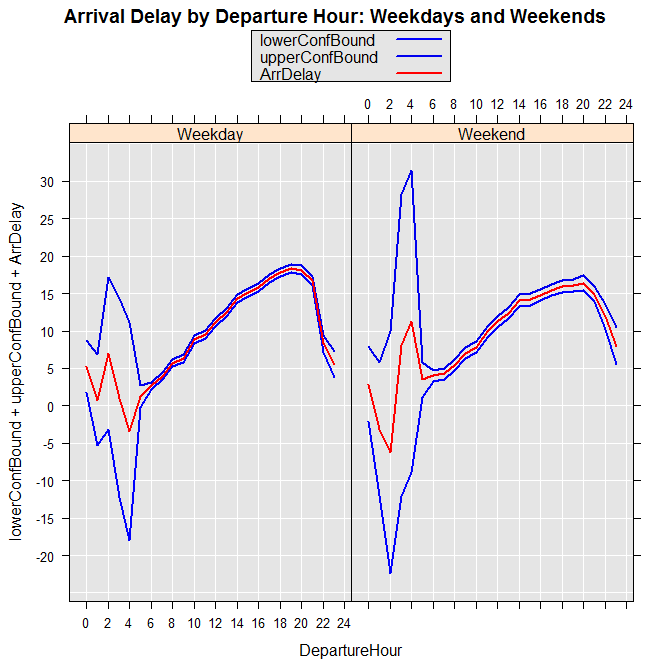
Open-Source and Cross-Platform
As we have mentioned already, R is an open-source programming language, so there are no license costs. It can be used across all platforms such as Linux, Windows, and Mac.
Comprehensive
Development in R happens at a rapid pace. The community support in R provides mailing Lists, user-contributed documentation, and active stack overflow members. R is used for analyzing drug discoveries and genomes in bioinformatics. R is also used to implement various statistical measures that optimize industrial processes.
Data Analysis
The term ‘exploratory data analysis’ is an essential term that is used for data analysis, specifically when using R. Exploratory data analysis includes implementing various techniques, such as extracting important variables, testing underlying assumptions, and maximizing insights into the dataset.
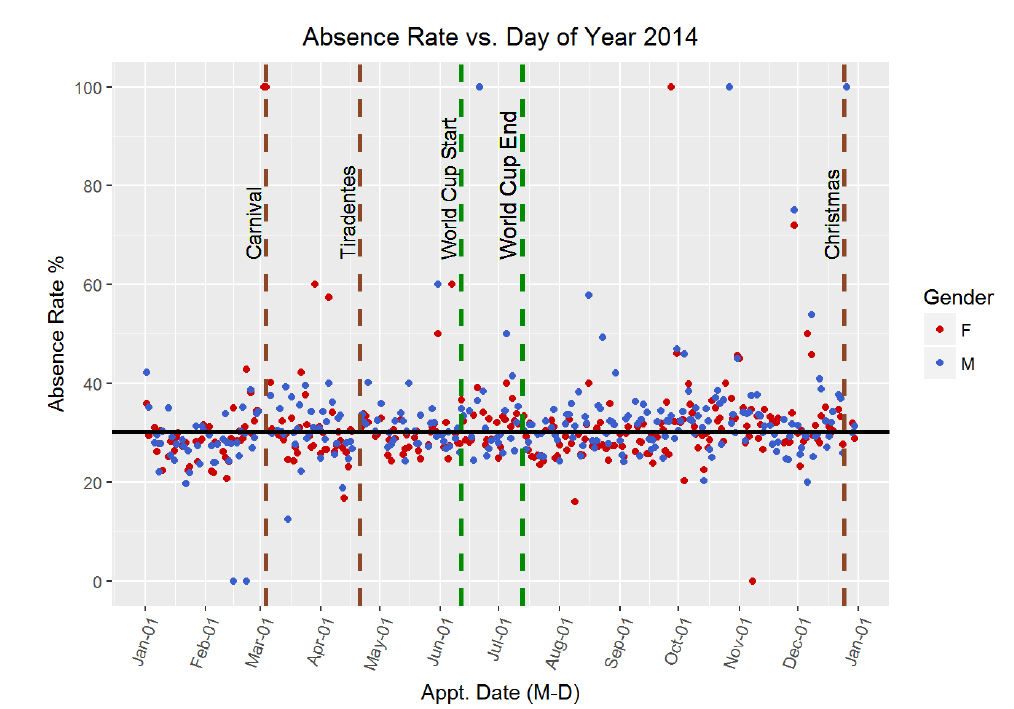
R is chiefly used when the data analysis tasks need stand-alone computing, or analysis needs to take place on individual servers. The language is quite useful for data analysis because of its high number of packages and tests, which are readily available and usable.
Statistical Analysis Using R
R has all standard data analysis tools, which enable the user to access data in a variety of formats for several data manipulation operations, such as merges, transformations, and aggregations. The programming language includes tools for traditional and modern statistical models. Statistical analysis using R makes it easier to extract and merge the required information.
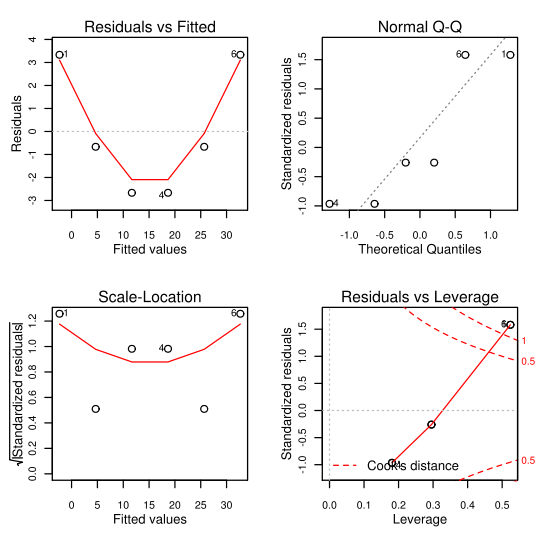
Data Wrangling
The concept of ‘data wrangling’ is related to cleaning untidy and intricate data sets. This enables the data to be consumed easier, and for detailed analysis to be performed. Data wrangling is an essential process in data science.
Advanced Visualization
Representing data visually, in a graphical format, is critical in any data science analysis. Data visualization allows for data to be comprehensively analyzed, even when the data available is unorganized or in a table. The R language has many tools that can assist in data visualization, analysis, and representation.
Charting
R’s data visualization tools assist the user in creating graphs, bar charts, multi-panel lattice charts, scatter plots, and new custom-designed graphics. Unparalleled charting and graphics are highly influenced by data visualization experts. Graphics, which are based on the R programming language, can be seen in blogs such as The New York Times, The Economist, and Flowing Data.
Machine Learning
Programmers are required to train the algorithm. Besides, they are tasked with bringing in automation and learning capabilities to confirm accurate predictions. The R programming language offers several tools for developers to be able to train and evaluate an algorithm. The programming language creates a foundation for machine learning. Several GNU packages make R a powerful system for machine learning.
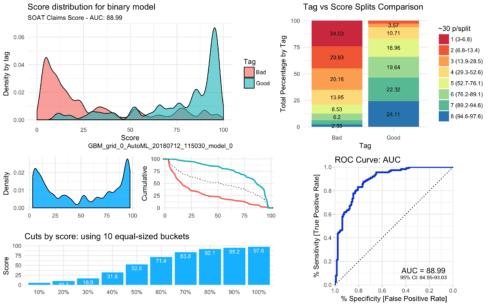
Most Powerful Ecosystem
R has a strong ecosystem. It has a package with several built-in functionalities for modern-day statisticians. “dplyr” and “ggplot2” are two examples that are used for data manipulation and plotting. These relieve data scientists from including graphic and charting capabilities in applications.
How Data Analysis with R Helps Companies
For businesses that want to outshine their competitors, in terms of advanced analytics, they can access everything they need within R. There is no need for more software outside of R.
Twitter has made great use of the R programming language in some of their projects. For example, the Social Media Network has used geo-tagged data that represents every tweet in the United States since 2009 and created open-source packages for anomaly and breakout detection. This helps to improve their customers’ experience.
Facebook utilized R to carry out an extensive behavior analysis that was based on status and profile picture updates. Carlos Diuk, a Facebook data scientist, is responsible for creating an analysis based on the formation of love. This analysis is based on people’s updates on their Facebook relationship status. It was found that, as a relationship starts, the number of posts on the person’s timeline goes down. The number of positive emotions in posts rises.
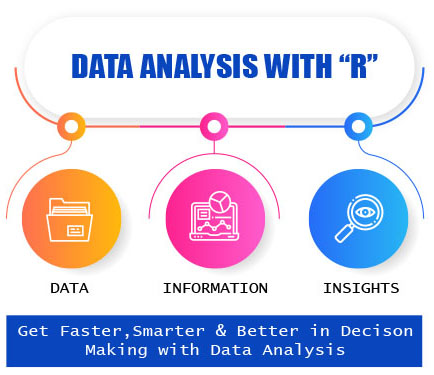
The R ecosystem is changing, as it has been a part of the rapid expansion of the data science field. The number of users of a programming language is not usually directly related to how popular it is. However, the big community around the R programming language – which isgrowing rapidly – has undoubtedly contributed to the value that it offers, both as a programming language and as a data analysis environment. R statistical analysis and secondary data analysis are made easier and more user-friendly. It is recommended to get help from R experts to receive the best data analysis.
– Research Optimus
-Research Optimus



